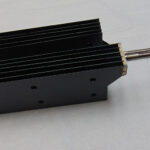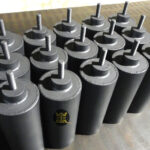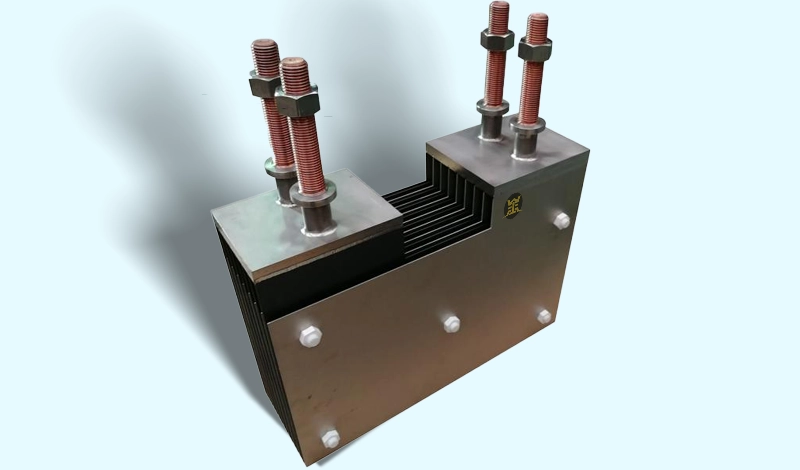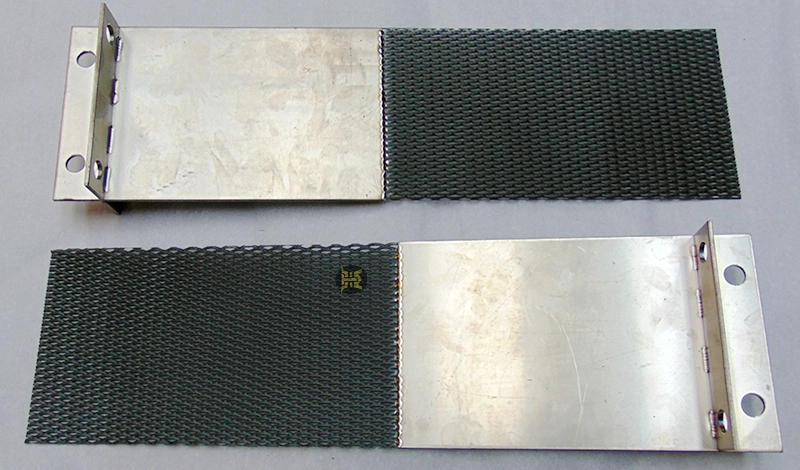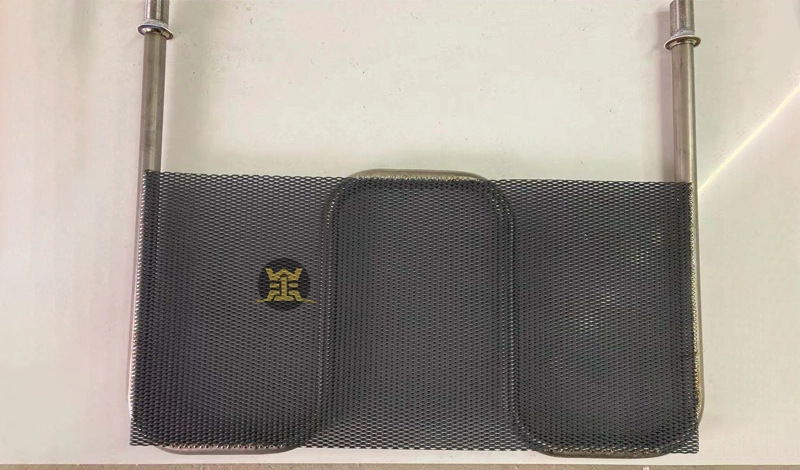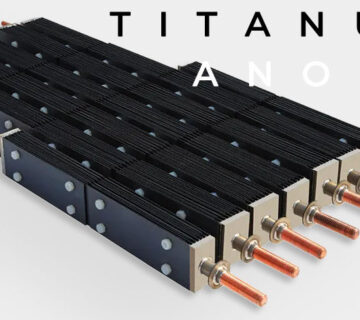What is a coated titanium anode?
A coated titanium anode is a type of electrode made of titanium as the base material and coated with a special layer of electrocatalytically active substances.
The titanium provides a stable and durable substrate, while the coating typically consists of oxides of metals such as ruthenium, iridium, or other precious metals. These coatings enhance the anode electrochemical performance and corrosion resistance.
Coated titanium anode are widely used in various electrochemical processes such as electroplating, water treatment, and chlorine production. They offer several advantages over traditional anode materials, including higher efficiency, longer service life, and better resistance to harsh chemical environments.
Coated titanium anode classification
Coated titanium anodes can be classified in several ways:
Based on the coating composition: Different coating materials such as ruthenium oxide (RuO₂), iridium oxide (IrO₂), platinum (Pt), and their combinations can result in distinct anode types.
According to the application field: They can be classified for use in electrochemical industries like chlor-alkali production, electroplating, water treatment, and metal extraction.
By the coating method: Different coating techniques, such as thermal decomposition, sol-gel, and sputtering, can lead to variations in the anode performance and properties.
Considering the current density range: Anodes can be classified based on their ability to handle low, medium, or high current densities.
In terms of durability and lifetime: Some coated titanium anodes are designed for short-term applications, while others are engineered for long-term and highly demanding operations.
The classification of coated titanium anodes is important to select the most suitable anode for a specific electrochemical process and to optimize the performance and efficiency of the system.
Can coated titanium anodes be customized to specific application requirements?
Yes, coated titanium anodes can often be customized to specific application requirements.
The customization can involve aspects such as the composition and ratio of the coating materials to optimize the electrochemical performance for a particular process. For instance, in an application that demands high corrosion resistance, the coating composition can be adjusted to enhance this property.
The surface area and geometry of the anode can also be tailored to fit the physical constraints and electrochemical conditions of the specific setup.
Moreover, the current density and potential range requirements of the application can be met by modifying the coating thickness and microstructure.
However, customization often requires detailed communication between the user and the manufacturer to ensure that the final product precisely meets the specific needs and operating conditions of the intended application.

What factors should be considered in customizing the coating of a titanium anode?
When customizing the coating of a titanium anode, several key factors should be considered:
The nature of the electrochemical process: The type of reaction (such as oxidation or reduction), the electrolyte composition, and the operating conditions (e.g., temperature, pH) determine the requirements for the coating’s chemical stability and catalytic activity.
- Current density and potential: The expected current density and potential range influence the coating’s conductivity and electrochemical stability. A higher current density may require a coating with better electron transfer properties.
- Corrosion resistance: The environment in which the anode operates, including the presence of aggressive ions or chemicals, dictates the need for a coating with high corrosion resistance to ensure a long service life.
- Durability and lifetime: The frequency and duration of use, as well as the expected maintenance intervals, impact the choice of coating materials and their thickness to guarantee adequate durability.
- Cost: The materials and processing methods used for the coating can significantly affect the overall cost. A balance must be struck between performance and economic feasibility.
- Selectivity: If the process requires selectivity towards a particular reaction or substance, the coating composition and structure can be engineered to achieve this.
- Compatibility with the cathode: The interaction between the anode and cathode in the electrochemical system needs to be considered to ensure efficient and stable operation.
- Surface morphology: The surface roughness and topography of the coating can affect mass transfer and bubble release, influencing the performance of the anode.
Coated titanium anode applications:
Coated titanium anodes have a wide range of applications due to their excellent electrochemical properties. Some common applications include:
- Chlor-alkali industry: They are used in the electrolysis of brine to produce chlorine and caustic soda. The coated titanium anode provides high efficiency and durability in this process.
- Electroplating: Coated titanium anodes help improve the quality and uniformity of the plating process, reducing energy consumption and increasing productivity.
- Water treatment: In processes like disinfection (electrochemical oxidation of contaminants) and the generation of ozone for water purification, these anodes play a crucial role.
- Metal extraction: Such as in the extraction of metals like copper, zinc, and nickel from their ores through electrolytic methods.
- Wastewater treatment: To remove pollutants such as organic compounds and heavy metals through electrochemical reactions.
- Swimming pool sanitation: By generating chlorine or other disinfectants through electrolysis.
- Batteries and fuel cells: In some advanced battery and fuel cell designs, coated titanium anodes can enhance performance and longevity.
- Surface treatment: For processes like anodizing and electro-polishing of metals.
The specific application depends on the properties of the coating, the operating conditions, and the requirements of the electrochemical process.



